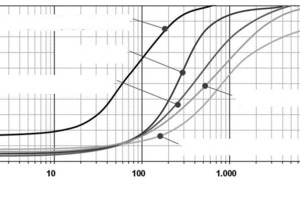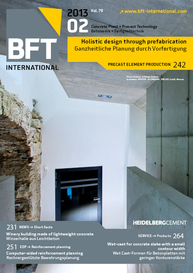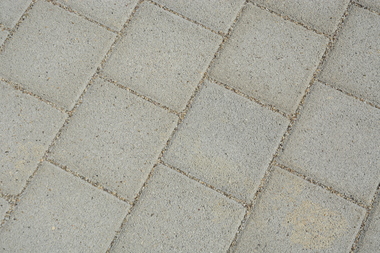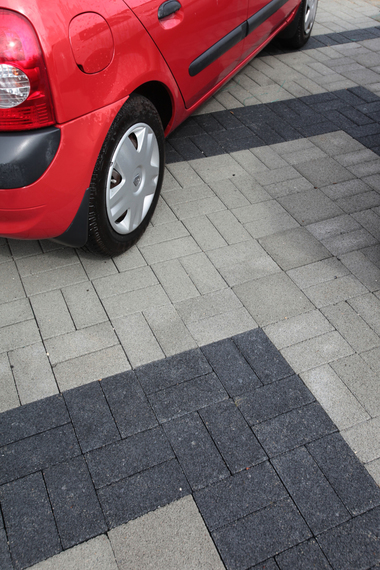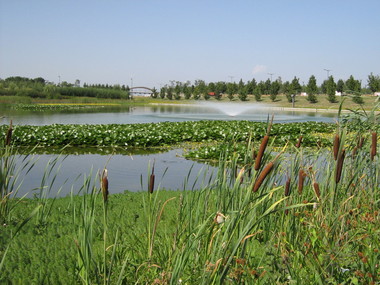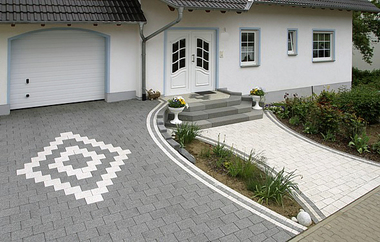How much rainwater is seeping through concrete pavers?
Nowadays, paved areas are found on almost every plot of land, ranging from slab pavements with relatively low permeability to “green” pavements that provide a particularly high permeability. Conventional concrete pavements laid with a low ratio of joints are still most frequently used. Experts were previously faced with a substantial knowledge gap with respect to water management and the specific infiltration capacities of the individual types of pavement. The lack of reliable, type-specific infiltration performance parameters was particularly obvious. How much rainwater can seep through a...

